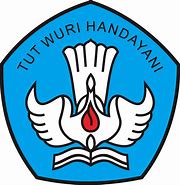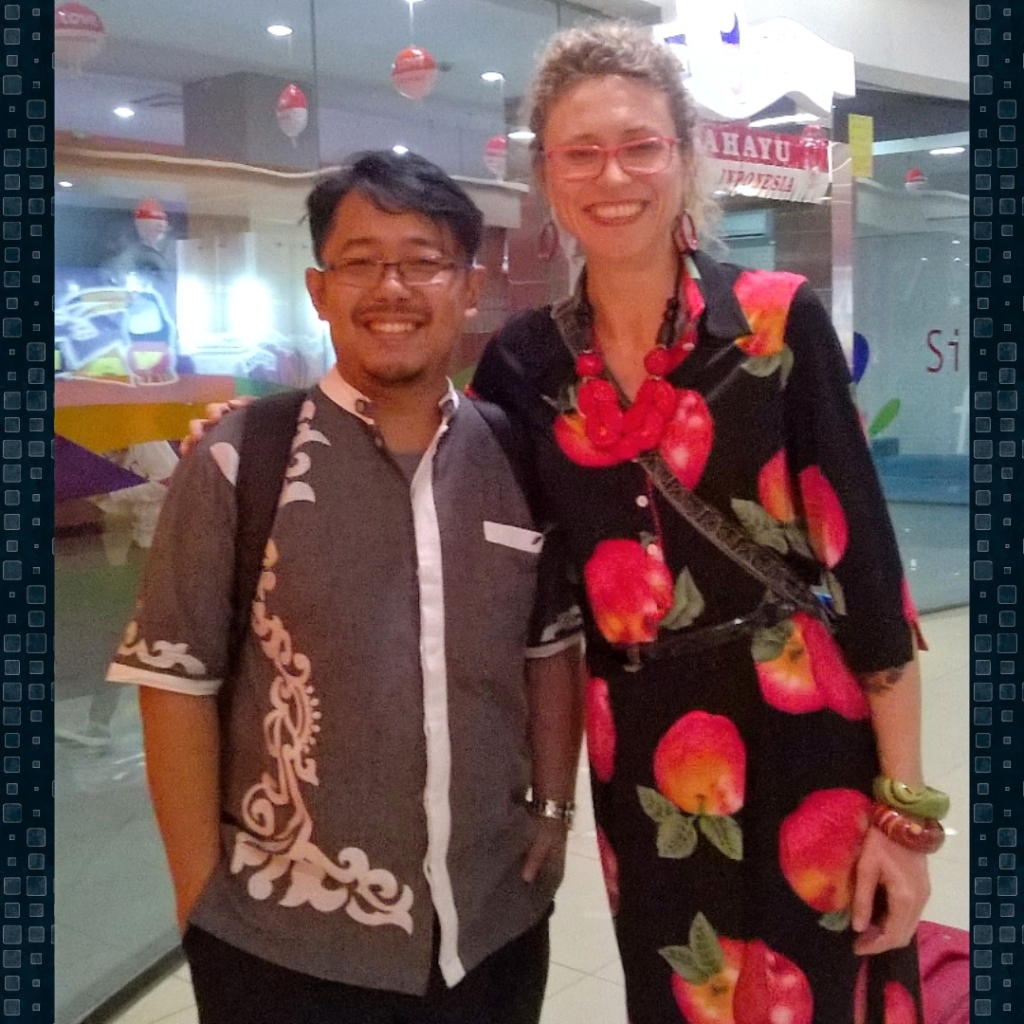Assignment 3 for PKBBIT Course
PKBBIT (Pengembangan Keterampilan Bahasa Berbasis IT), or IT-based Language Creativity Development course, in Indonesia, has important aspects to learn and recognize by Indonesian students who wish to become English teachers. Indonesians who serve as English teachers in Indonesia should know that IT is only a tools. It is not the purpose of teaching and learning activities.
The following quotation signifies important points.
“Technology is an effective tool for learners. Learners must use technology as a significant part of their learning process. Teachers should model the use of technology to support the curriculum so that learners can increase the true use of technology in learning their language skills” (Anand, RishuRaj, Sinha, Kumar, & Raj, 2020, p. 1573).
What would be your feedback on the following phrases: 1) “model the use of technology”; 2) “the true use of technology”? What do the two phrases mean to you, based on the passage above?
In the section on the growth of ELT (English Language Teaching) through Information Technology, the author emphasizes “the age of globalization and [it] is important to learn various foreign languages and the English language come first” (Anand, RishuRaj, Sinha, Kumar, & Raj, 2020, p. 1575).
Promoting students’ communication capacity and increasing mutual interaction between teacher and students are important in the classroom that use technology too much (Anand, RishuRaj, Sinha, Kumar, & Raj, 2020). Interaction becomes essential. In this case, there are two modes of teaching-learning in the classroom: 1) teacher-centered; 2) student-centered. Based on your individual learning experience since elementary school up to senior high school, which mode that you observe as the dominant one? Why is that?
The next question would be your educational experience. After finishing senior high school, what would be the most important thing you need to grow or learn more, in terms of your English skills? Why is that? Then, as you are now a university student, what would be the crucial aspect that you want to achieve for your English skills?
Please write your responses in the comments section below. Also, please use good and clear written English so your readers can grasp the meaning and message of your writing.
Bibiliography
Anand, A., RishuRaj, Sinha, R., Kumar, P., & Raj, A. (2020). Information Technology in ELT (English Language Teaching). International Journal of English Learning and Teaching Skills, 2(4), 1569-1583.














You must be logged in to post a comment.